Unknown Mario - 40 obscure facts and random trivia about Nintendo's mascot
What you don't know about Mario could fill a feature
The first d-pad was on a Mario game
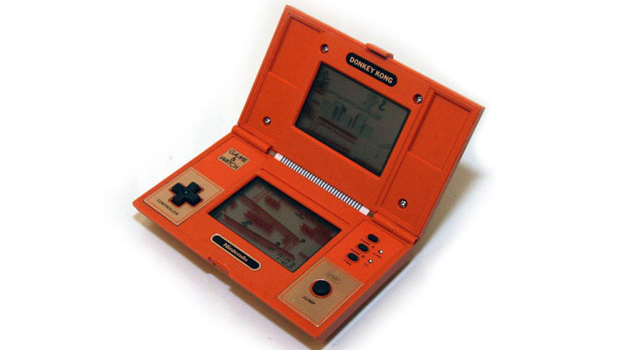
The analogue stick may be more prominent these days, but its hard to imagine that gaming would be where it is today without the d-pad. Short for directional pad, the familiar cross design was created by Nintendo for a Mario game. When Gunpei Yokoi and his team worked on a Game & Watch version of Donkey Kong, they came upon the upon the design as a straightforward way to control 2D movement, and the simple concept (that Nintendo holds the patent for) has been around ever since.
Geno from Super Mario RPG has appeared in one other game
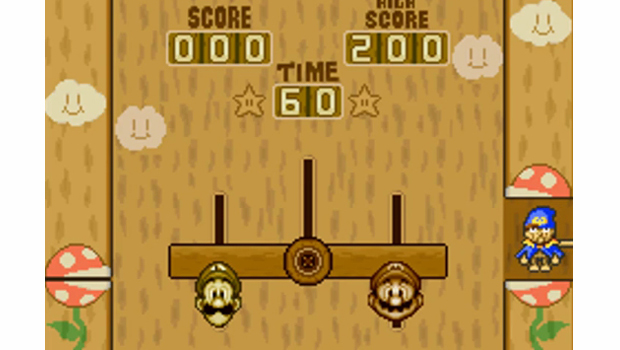
The characters of Super Mario RPG have a rabid fan base, but due to legal red tape, all the characters created for the that game have never appeared elsewhere, with one exception. The first Mario & Luigi, subtitled Superstar Saga, was developed by some of the Mario RPG crew, so they included a tribute to that title. One of Superstar Saga's minigames is hosted by Geno, or at least the doll that Geno once inhabited.
The P in P-Wing stands for Paratroopa
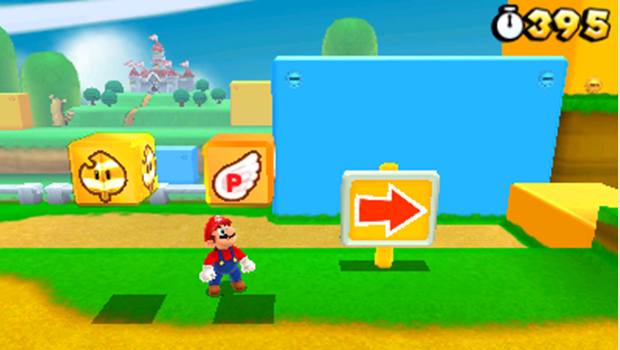
Always confused why the level-skipping item was known as a P-Wing? As explained by a Mario developer, the P-Wing represents one of the wings used by the flying turtles known as Paratroopas. Meaning some poor Paratroopa had to be maimed just so you could skip a stage that was too tough for you.
Japan got a version of Super Mario 64 that used the Rumble Pak
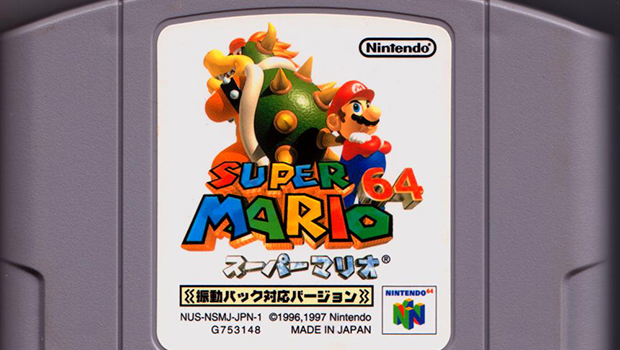
Though it's hardly the case anymore, in 1996 Nintendo was still releasing games months or even years earlier in Japan than in the US. One of the upsides for the US is our versions would sometimes be tweaked, fixing bugs that were found in the Japanese versions. That happened with Super Mario 64 and Nintendo eventually rereleased the game in Japan with those change and one final update: it used the newly released Rumble Pak. Sadly, Americans never got their own shaking version of the iconic launch game.
Tatanga, the final boss of Super Mario Land, makes one other appearance in Super Mario Land 2
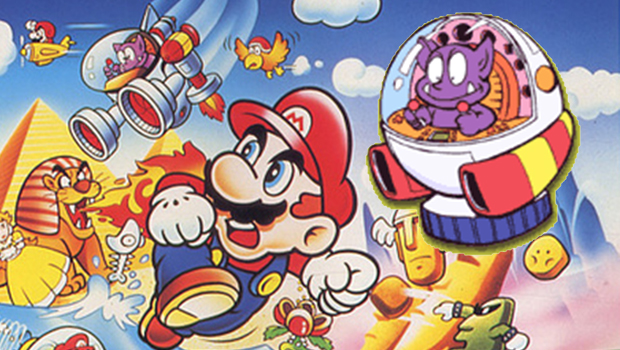
Bowser and Mario seem to be locked in a war without end, but there are a handful of bad guys that have also been the lead villain in a Mario game. Wart and Wario come to mind, but strangest of all is the purple alien Tatanga, who kidnapped Princess Daisy in the Game Boy launch title Super Mario Land. After that, he sank into obscurity - though he did appear one last time, as the boss of the space stages in Super Mario Land 2: 6 Golden Coins. He hasnt been seen since, though who knows if Nintendo wont dig him up at some point.
A world in Super Mario Bros 3 is shaped like Japan
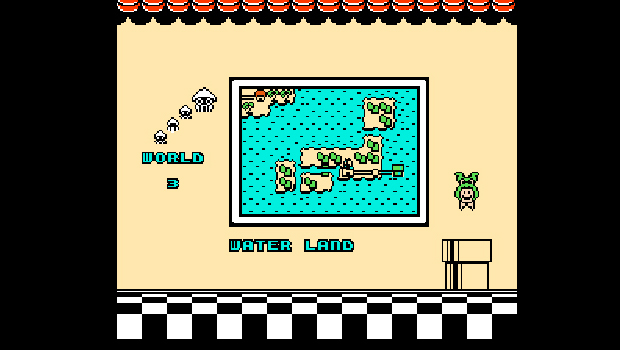
In the liquid-heavy world known Water Land, Super Mario 3 had a clever homage to its country of origin. The final area of the map looks unmistakably like the islands that make up the nation of Japan, and the castle is placed where one would find the city of Kyoto. Not coincidentally, Kyoto is where Nintendo's business headquarters is located.
Boo was based on a developer's wife
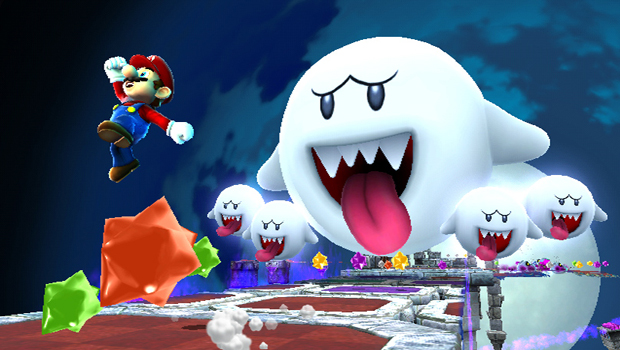
First appearing in Super Mario Bros 3, Boos have become an indispensable enemy in the Mario series. The monsters origins come from an incident in co-designer Takeshi Tezuka's life according to an interview with Miyamoto. He said, Mr. Tezuka got an idea about putting his wife in the game. "His wife is very quiet normally, but one day she exploded, maddened by all the time he spent at work. In the game, there is now a character who shrinks when Mario looks at it, but when Mario turns away, it will grow large and menacing."
Sign up to the GamesRadar+ Newsletter
Weekly digests, tales from the communities you love, and more
There already was a Super Mario 4
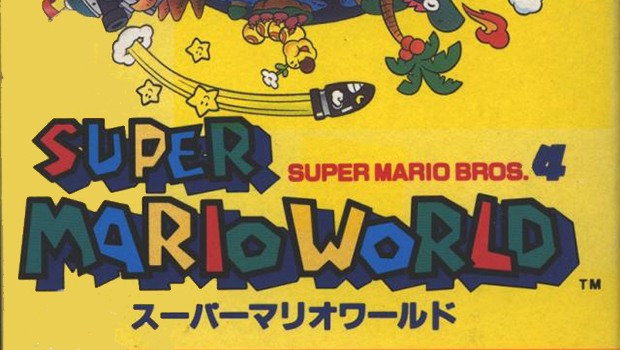
In Japan at least. When Super Mario World hit stores in Japan, the game was subtitled Super Mario Bros 4, perhaps to prevent any confusion. Strangely enough, in America Yoshi's Island was also known as Super Mario World 2, though that wasn't included in the Japanese title.
Super Mario Bros 3 was out in Japan almost two years before the US got it
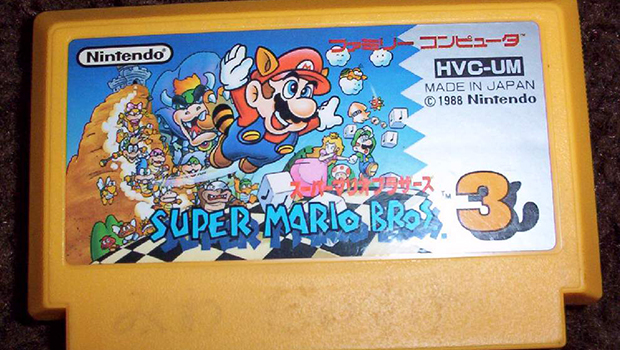
20 years ago it took a shockingly long time for games to make it from Japan to the US- if they even got localized at all. That was the case with Super Mario Bros 3, which hit Japanese retailers in 1988 and the US in 1990. That also explains how SMB3 could appear in the 1989 film The Wizard before it even landed in US stores.
Super Mario Land 2 features Nintendo's real life version of LEGO
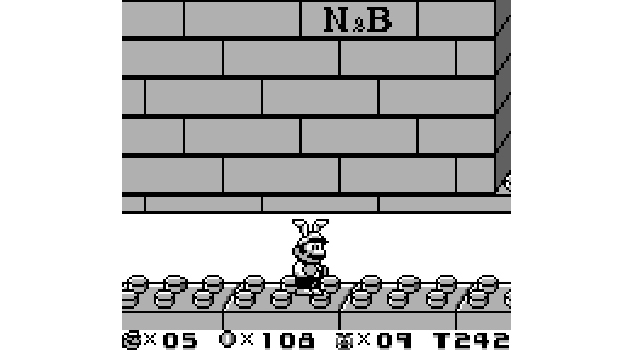
Super Mario Land 2 had an interesting mix of themed stages, including a world filled with toys. Here Mario runs over blocks that look exactly like LEGOs, but then players run by an "N&B" label. That was the name of Nintendo's own series of building blocks that they sold in the 1960s, a stealthy reference to the decades of Nintendo history that predates their entry into the games market.
Henry Gilbert is a former GamesRadar+ Editor, having spent seven years at the site helping to navigate our readers through the PS3 and Xbox 360 generation. Henry is now following another passion of his besides video games, working as the producer and podcast cohost of the popular Talking Simpsons and What a Cartoon podcasts.



